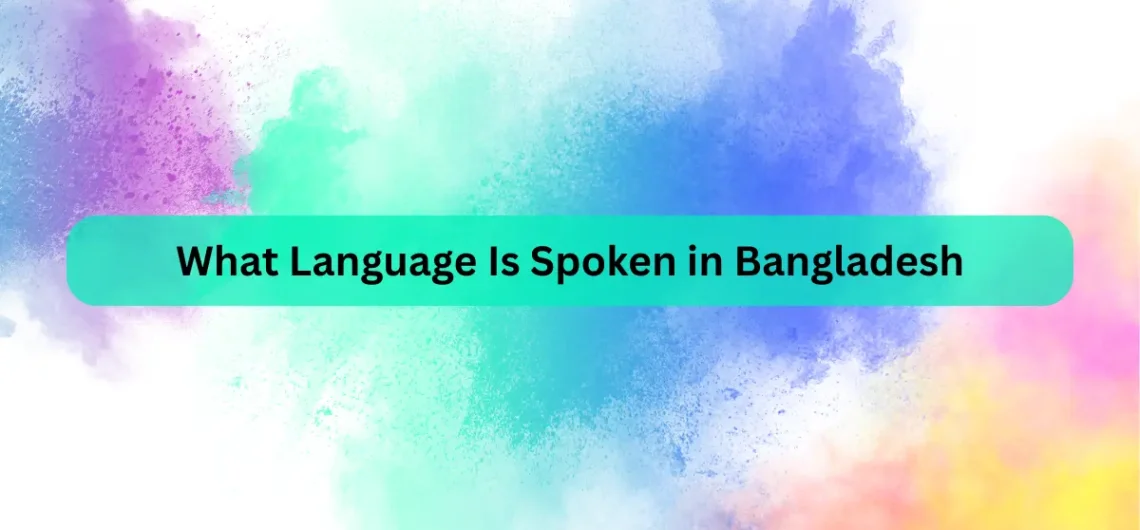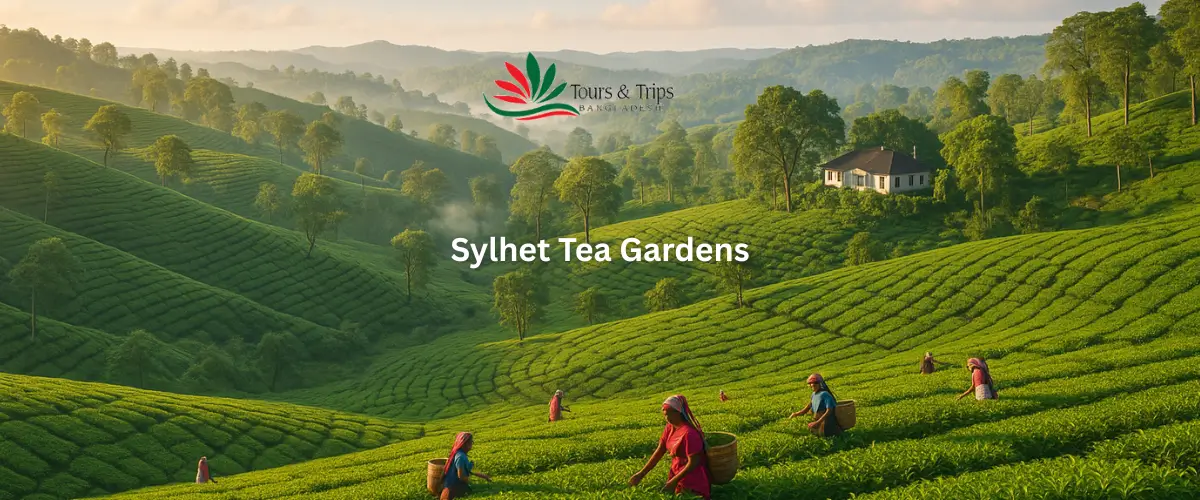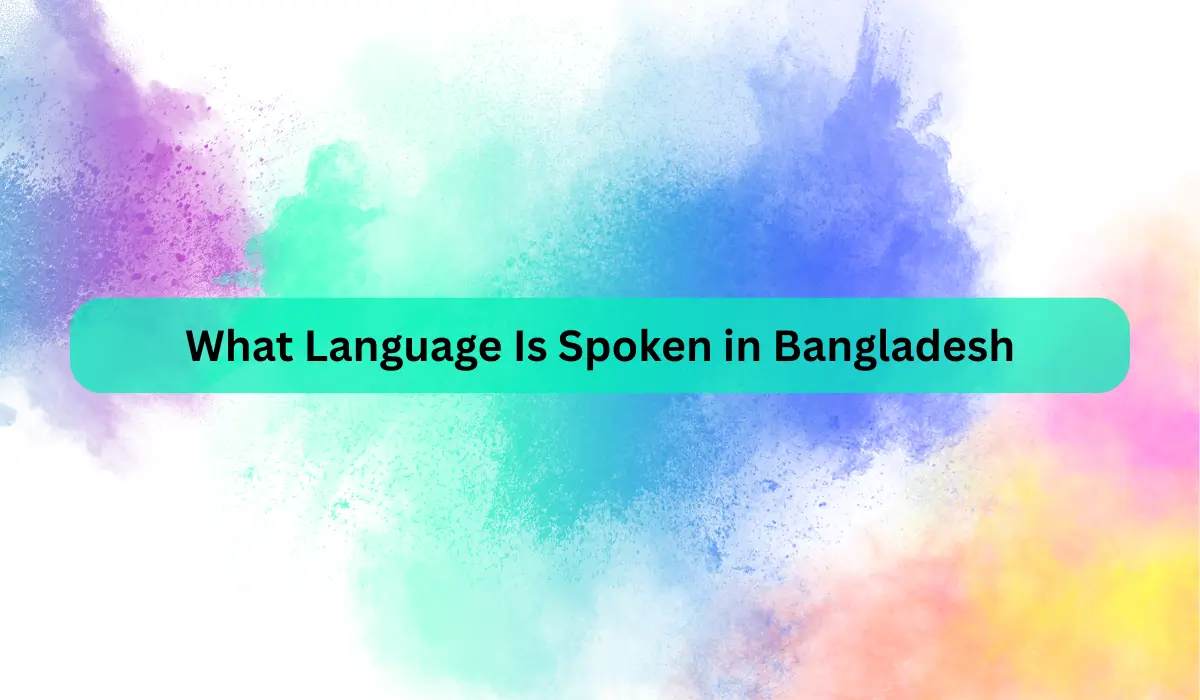Bangladesh is a country rich in culture, history, and diversity. If you’ve ever wondered, “What language is spoken in Bangladesh?” you’re not alone. Language is a key part of understanding any culture, and in Bangladesh, it plays a significant role in the nation’s identity. In this article, we’ll dive into the language spoken in Bangladesh, explore its history, and understand why it matters so much to the people who live there.
Table of Contents
| Sr# | Headings |
|---|---|
| 1 | Introduction to Bangladesh’s Language |
| 2 | The Official Language: Bengali (Bangla) |
| 3 | The Rich History of Bengali Language |
| 4 | Bengali: More Than Just a Language |
| 5 | Regional Dialects and Variations |
| 6 | Influence of Other Languages in Bangladesh |
| 7 | The Role of English in Bangladesh |
| 8 | Language in Education and Media |
| 9 | Language and Identity in Bangladesh |
| 10 | The International Mother Language Day |
| 11 | Conclusion |
| 12 | FAQs |
Introduction to Bangladesh’s Language
Language is the soul of a nation, and in Bangladesh, it holds a particularly special place. Understanding the language spoken in Bangladesh is key to understanding the country’s heart and soul. So, what language is spoken in Bangladesh? The answer isn’t as simple as you might think. While Bengali, or Bangla, is the official language, the linguistic landscape of Bangladesh is much more diverse.
The Official Language: Bengali (Bangla)
Let’s start with the basics. Bengali, also known as Bangla, is the official language of Bangladesh. It’s the language you’ll hear on the streets, in schools, in government offices, and on television. Spoken by more than 98% of the population, Bengali is more than just a means of communication; it’s a symbol of national pride and cultural identity.
The Rich History of the Bengali Language
The history of the Bengali language is as rich and vibrant as the culture of Bangladesh itself. Bengali belongs to the Indo-Aryan language family and has evolved over centuries, influenced by various cultures and languages. Its roots can be traced back to Pali, Sanskrit, and Prakrit languages, and over time, it has absorbed elements from Persian, Arabic, and English, among others.
The Language Movement
One of the most significant events in the history of Bengali is the Language Movement of 1952. During this time, the people of what was then East Pakistan (now Bangladesh) fought for their right to speak Bengali. This movement wasn’t just about language; it was about asserting identity and resisting cultural domination. The movement eventually led to the recognition of Bengali as an official language, and it’s commemorated annually on February 21st, now known globally as International Mother Language Day.

Bengali: More Than Just a Language
In Bangladesh, Bengali is not just a language; it’s a way of life. It’s the language of poets, writers, and freedom fighters. The richness of Bengali literature, from the works of Rabindranath Tagore to the contemporary writings of Humayun Ahmed, reflects the depth and beauty of the language. Bengali is also deeply intertwined with the country’s music, art, and cinema, making it a central part of Bangladesh’s cultural fabric.
Regional Dialects and Variations
While Standard Bengali is spoken widely, Bangladesh is home to numerous regional dialects. These dialects can vary significantly from one region to another, sometimes making it difficult for speakers from different parts of the country to understand each other.
Sylheti
One of the most prominent dialects is Sylheti, spoken in the Sylhet region of Bangladesh. Sylheti is so distinct that it is sometimes considered a separate language. Its unique pronunciation, vocabulary, and grammatical structures set it apart from standard Bengali.
Chittagonian
Similarly, the Chittagonian dialect, spoken in the southeastern part of Bangladesh, particularly in the Chittagong region, has its own unique characteristics. Chittagonian speakers often find it challenging to communicate with Bengali speakers from other regions without switching to a more standardized form of the language.
Noakhali Dialect
The Noakhali dialect is another example, with its own peculiarities that distinguish it from other forms of Bengali. These regional dialects add to the linguistic diversity of Bangladesh, reflecting the varied cultural and historical influences across the country.
Influence of Other Languages in Bangladesh
Bangladesh’s linguistic landscape is not limited to Bengali and its dialects. The country has been influenced by various languages throughout its history.
Urdu
Urdu was once a significant language in Bangladesh, particularly during the period when Bangladesh was part of Pakistan. While its influence has waned since Bangladesh’s independence, it is still spoken by some communities, especially in urban areas.
Arabic and Persian
Arabic and Persian have had a big influence, especially in the realm of religion. Arbi, the language of the Quran, is widely learned in Bangladesh, especially in madrasas or Islamic schools. On the other hand, Persian was used a lot back in the day for administration and literature, especially during the Mughal era, and you can still see its influence in some Bengali words and phrases today.
The Role of English in Bangladesh
English holds a significant position in Bangladesh, functioning as a second language for many. It is the language of higher education, business, and international communication. English is taught from an early age in schools, and proficiency in the language is often seen as a key to better job opportunities and social mobility.
English in Education
In schools, English is a must-have subject and a lot of universities have courses and degrees in English too. The language is also used extensively in government documents, the legal system, and the corporate sector.
English in Media
English-language newspapers, television channels, and online platforms are widely consumed in Bangladesh. For instance, The Daily Star and Dhaka Tribune are among the leading English-language newspapers in the country, catering to both local and international audiences.
Language in Education and Media
Language plays a crucial role in both education and media in Bangladesh. In lots of schools and colleges, classes are usually taught in Bengali, but you’ll notice that English pops up quite a bit too, especially in universities and private schools.
Bilingual Education
Many schools in Bangladesh offer bilingual education, where students are taught in both Bengali and English. This approach aims to equip students with the skills needed to succeed in a globalized world while maintaining a strong connection to their cultural roots.
Media Landscape
The media in Bangladesh is vibrant and diverse, with a wide range of Bengali and English-language outlets. Television channels like BTV, Channel i, and ATN Bangla broadcast primarily in Bengali, while English channels like CNN and BBC are also accessible. Additionally, the rise of digital media has further expanded the linguistic diversity of content available to the Bangladeshi audience.
Language and Identity in Bangladesh
Language is a powerful marker of identity in Bangladesh. The struggle for the recognition of Bengali as the official language was not just a fight for linguistic rights but also for cultural and national identity.
Cultural Identity
For the people of Bangladesh, speaking Bengali is a way of asserting their cultural heritage and identity. The language embodies the country’s history, traditions, and values, and it serves as a unifying force in a nation that has faced numerous challenges throughout its history.
National Unity
Despite the presence of various regional dialects and languages, Bengali serves as a common thread that unites the people of Bangladesh. It is a source of pride and a symbol of the nation’s resilience and strength.
The International Mother Language Day
One of the most significant contributions of Bangladesh to the world is the International Mother Language Day. Observed globally on February 21st, this day commemorates the Language Movement and the sacrifices made by those who fought for the right to speak their mother tongue.
Global Significance
International Mother Language Day is a reminder of the importance of linguistic diversity and the need to protect and promote all languages, especially those at risk of disappearing. For Bangladeshis, it is a day of pride, reflection, and celebration of their linguistic heritage.
Conclusion
The question of “What language is spoken in Bangladesh?” opens the door to understanding a rich and complex linguistic landscape. Bengali, the official language, is the heart of the nation’s identity, while regional dialects and the influences of other languages add layers of diversity. Whether it’s the passionate history of the Language Movement, the role of English, or the celebration of International Mother Language Day, language in Bangladesh is more than just words—it’s a powerful expression of culture, identity, and unity.
FAQs
1. What is the official language spoken in Bangladesh?
The official language of Bangladesh is Bengali, also known as Bangla. It is spoken by more than 98% of the population.
2. Are there any regional dialects in Bangladesh?
Yes, Bangladesh is home to several regional dialects, including Sylheti, Chittagonian, and Noakhali. These dialects can vary significantly from standard Bengali.
3. How important is English in Bangladesh?
English is pretty common in Bangladesh especially in schools businesses and government. It’s viewed as a second language and super important for chatting with people everywhere.
4. What is the significance of the Language Movement in Bangladesh?
The Language Movement of 1952 was a pivotal event in Bangladesh’s history, leading to the recognition of Bengali as an official language. It is commemorated on February 21st as International Mother Language Day.
5. How does language influence identity in Bangladesh?
Language is a key part of cultural and national identity in Bangladesh. Talking in Bengali is a way for people to show pride in their culture and stick together when facing tough times in history.











Comments